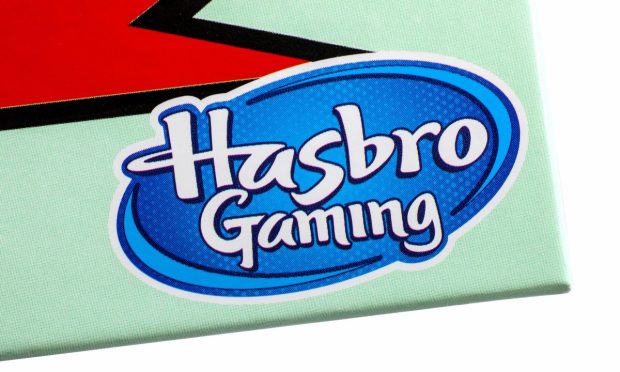
Hasbro may be seeing digital growth via its gaming business, but as consumers buy fewer nice-to-have products, the toys and games company continues to struggle.
The Rhode Island-based company shared in its fourth quarter and full year 2023 financial results that it saw a 10% year-over-year revenue increase in its “Wizards of the Coast and Digital Gaming Segment” for the year, but this digital growth came amid a 15% decline in revenue overall.
“Our investments in digital and digital gaming are foundational to the future of the company,” Hasbro CEO and director Chris Cocks told analysts on a call. “It is something we have been investing in for the last seven years. It is something that I think you should anticipate that we will at least maintain if not grow over the next three to five years. It is going to be a material source of value creation, particularly in the game side of our business moving forward.”
Additionally, the company noted in a presentation shared with analysts that it intends to “drive new growth through direct to consumer [D2C] and licensing.”
Indeed, digital channels are becoming increasingly key for brands that sell nice-to-haves when it comes to reaching consumers, as shoppers cut down on the number of nonessential purchases they are willing to make amid ongoing economic pressures. The PYMNTS Intelligence report “Consumer Inflation Sentiment Report: Consumers Cut Back by Trading Down,” which is based on a survey of more than 2,000 U.S. consumers, reveals that 69% have reduced nonessential spending on retail products specifically because of high inflation. Plus, 41% of retail shoppers say this has been the most significant change to their shopping habits.
Additionally, consumers’ economic worries are continuing into the future. PYMNTS Intelligence’s recent study “New Reality Check: The Paycheck-to-Paycheck Report: The Pessimism About Pay Rises Offsets the Effect of Falling Inflation,” which draws from a census-balanced survey of more than 4,300 U.S. consumers, finds that 83% are at least somewhat concerned about current and near-future economic conditions.
In fact, even toys and games brands that continue to see strength in their consumer products segments are looking to digital channels to keep customers engaged as shopping behaviors shift. Take, for instance, Mattel, which has had a banner year. The Hasbro rival shared on its most recent earnings call that its push towards “advancing eCommerce and B2C” is a key part of its plan to boost the performance of its toy business overall, according to chairman and CEO Ynon Kreiz.
Certainly, many consumers are engaging with brands digitally. The PYMNTS Intelligence study “Consumer Interest in an Everyday App,” created in collaboration with PayPal, revealed that, of the 61% of U.S. consumers who had shopped for a non-grocery retail product in the previous month, 72% did so via connected device at least some of the time.
Plus, there is strong demand for D2C options, especially among, for instance, the millennials who might be buying products for their children. The PYMNTS Intelligence report “The Online Features Driving Consumers to Shop With Brands, Retailers or Marketplaces,” created in collaboration with Adobe, found that 1 in 3 millennials definitely or probably prefers a brand’s own online store over a merchant’s, above the 28% of the population as a whole that said the same.